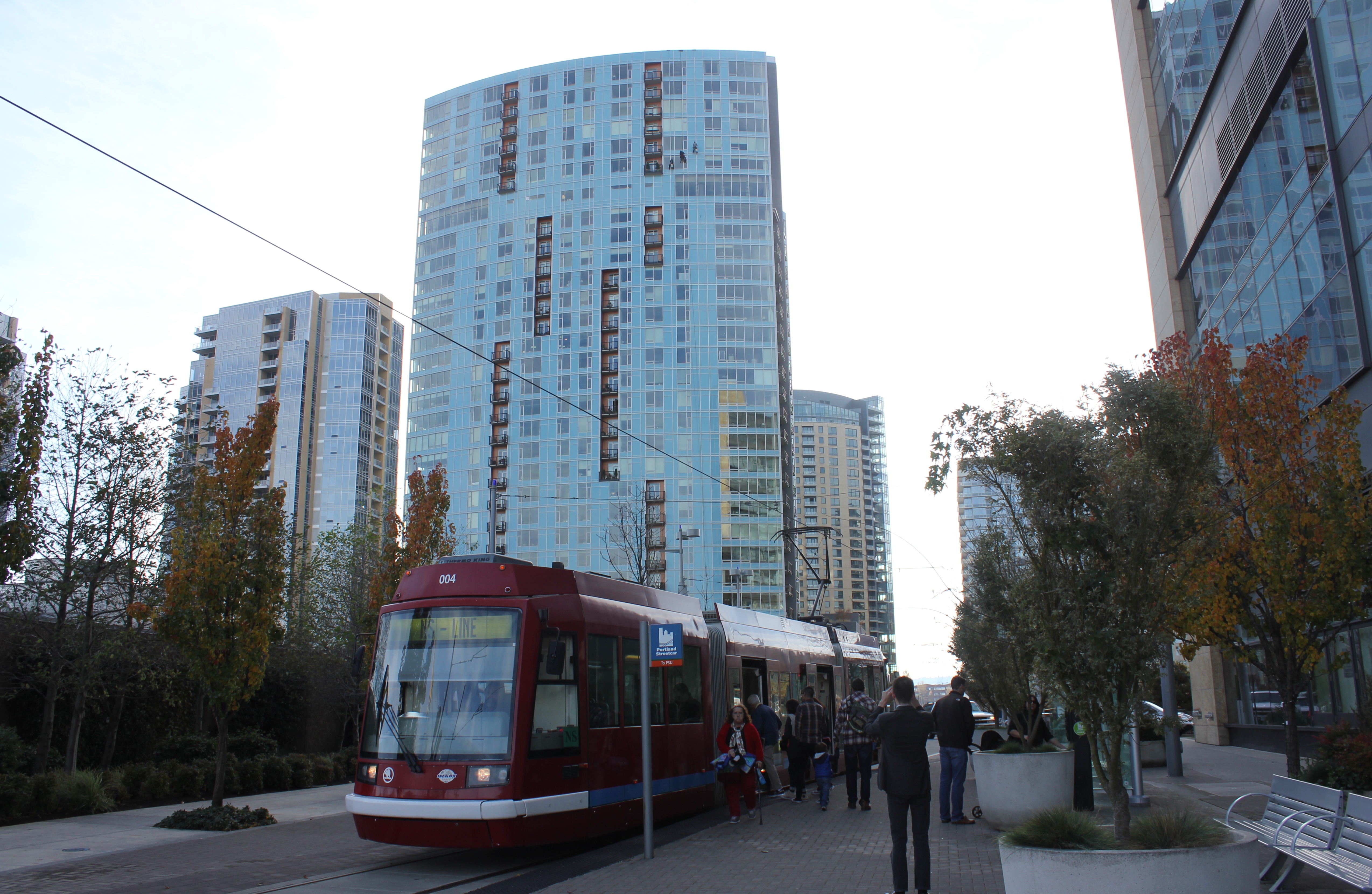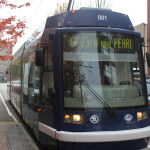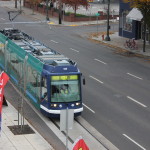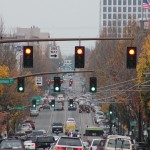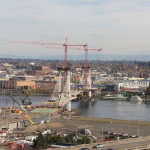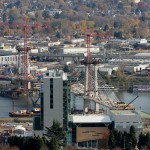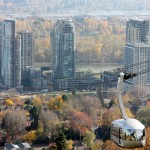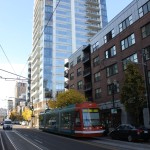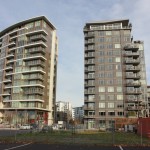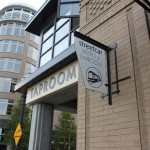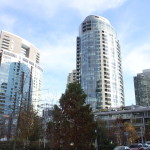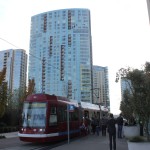Portland is often cited as the “go to” city for rail transit and good planning initiatives. As someone who had ridden a fair share of streetcar, light rail and subway systems, I traveled to Portland with a dose of skepticism. TV shows like “Portlandia” showcase the quirky and often times absurd hipster culture that has blossomed in the city despite chronic problems with homelessness.
For a Cincinnatian, downtown Portland is a showcase of what could have been for downtown Cincinnati. A brief detour into Pioneer Place mall shows the potential of the failed Tower Place mall in downtown Cincinnati. A block away there is a downtown Nordstroms, something downtown Cincinnati failed to land in the 1990’s. A few blocks away, there is a downtown Target and TJ Maxx. The city’s retail scene is vibrant and its eclectic arrangement of food trucks and bicycle infrastructure add to that vibrancy.
It seems strange that these similarly sized metropolitan regions have realized two very different fortunes. One is of success through investing in transit infrastructure, the other struggling to make gains so far without it. This is why the construction and success of the Cincinnati Streetcar project is so vital.
Twenty-five guests of the Alliance for Regional Transit, spearheaded by John Schneider, toured Portland last month to ride the various modes of transit in the city and tour the different areas along the city’s expanding streetcar system. This is the 30th group Schneider has led out to Portland and also the largest.
Schneider has not always been a fan of rail transit. Citing the availability of bus transit, he was often critical of the need for rail in cities like Cincinnati. After the formation of Downtown Cincinnati Inc. (DCI), however, a survey was conducted where rail transit was found to be the top priority for downtown residents and visitors. He was assigned as the head of the Transportation Committee and tasked with bringing rail to the region, something he scoffed at at the time.
When recounting this story, he told the group in Portland that he had ridden several systems until one day he was riding a train in St. Louis and it finally clicked. The self-identified Republican has been a supporter ever since.
The tour began at the South Waterfront district, located at the southern end of the North-South (NS) Streetcar line. It is a new neighborhood that serves as the residential and office extension off the Oregon Health Sciences University Hospital, which is landlocked at the top of the adjacent hill.
The $1.6 billion development started in 2004 and is home to thousands of residents. An aerial tram serves as a direct connection between the South Waterfront and the hospital. The tram also offers dramatic views of the city and the surrounding Cascades mountain range.
The east side of Portland, opposite the Willamette River, is primarily dominated by auto-oriented developments, however there is evidence that the recently opened Central Loop (CL) Streetcar line is having a positive impact on development in the area. A $250 million upscale apartment development has already begun construction at the junction between the streetcar and light rail lines at NE 7th Avenue and NE Holladay Street in the sleepy Lloyd District.
The next phase of the Portland’s streetcar system will connect the end of the CL Line in the east end to the end of the NS Line near the South Waterfront. To accomplish this the city is building a $134.6 million cable-stayed rail, bike and pedestrian only transit bridge that will open in 2015.
The tour also took the group through the Pearl District, which is the oft-touted renovated warehouse distinct in Portland.
While there are many comparisons to Cincinnati’s Over-the-Rhine neighborhood, it would be an unjust assumption because Over-the-Rhine features a greater amount of remaining abandoned and underutilized mixed-use multi-family buildings than the Pearl District. The Pearl District has seen over $2 billion in development, but it has largely been new construction built on sites that once were once occupied by rail yards and warehouses.
During the tour the group was introduced to different leaders who shared their perspective of Portland’s progress on its streetcar system. People like Paddy Tillett, Principle at ZGF Architects, who is with the firm that helped spearhead the effort to establish the transit mall in downtown Portland.
“People were calling it a toy train and saying that we already had light rail,” Tillett told the group. “Even TriMet didn’t want to operate it.”
However Portlanders soon came to embrace their streetcar system, which is now in its fifth phase of construction. Tillett continued, “The streetcar helps extend peoples walking distance, it is not supposed to serve as point-to-point transit. Today it has a dedicated ridership and is helping demonstrate how streetcars can play an important role in public transit around the country.”
The tour was capped off with a meeting with Portland Mayor Charlie Hales (D). Hales told the group, “We no longer have to provide subsidies for downtown development.”
Mayor Hales also stated that it took fifteen years for developers to begin reducing the size need of parking structures for development.
Portland is a beautiful city with vibrancy and life. However, this vibrancy was hard fought over the last three decades. The construction of the transit mall, TriMet light rail and the streetcar were huge gambles that ultimately paid off, and took Portland from a sleepy waterfront lumber town to a place where people move to even if they don’t have jobs lined up. Portland’s problems are ones born from success, not failure and even those problems are good to have.
At today’s council meeting, Cincinnati’s new political leadership will be making decisions regarding the continuation of construction of the Cincinnati’s streetcar system. The new mayor and city council will have to decide whether to continue the same hit or miss approach to development in the urban core, or decide to embrace a system that has a proven track record of success in many cities throughout the country and the world.
Cities like Portland are where the future is headed, Cincinnati’s new leaders should take heed.
